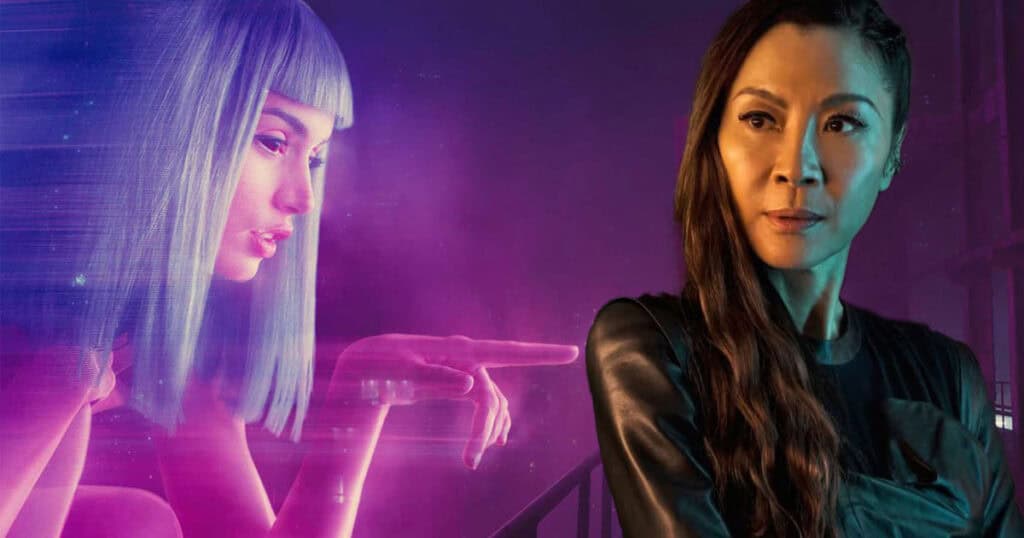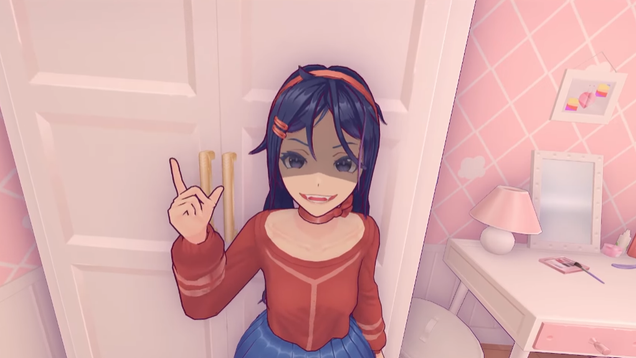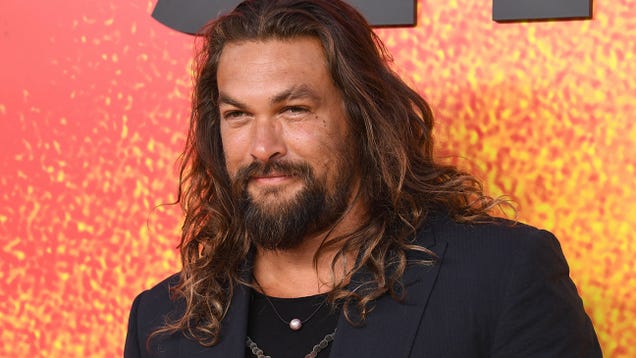

Star Trek: Section 31 certainly looks like a departure for the long-running franchise, and one star is “terrified” of how the fans will react.
Robert Kazinsky, who plays Zeph in the streaming movie, expressed his concerns while speaking with SFX Magazine. “I’m terrified of how it’s going to be received, because it’s not the Trek people want,” he said. “The Trek that people want, the Trek that we all want, is just 1,000 more episodes of [The Next Generation]. Everyone’s always furious that they’re not getting more TNG, whilst at the same time, when TNG came out, everybody hated it.“
Kazinsky continued, “So this is going to come along and it’s not going to feel like any Trek that they’ve ever seen. My fear was that it might not feel like Trek at all. So for you to tell me that it still feels like Trek whilst being a completely different flavour of Trek, that encourages me. In 10 years time, we’ll look back and we’ll love every single one of these Treks.” Fan reaction to the trailer has been… mixed, to put it mildly, but I’m willing to give the film a chance.
Star Trek: Section 31 stars Michelle Yeoh as Emperor Philippa Georgiou, who joins a secret division of Starfleet. Tasked with protecting the United Federation of Planets, she also must face the sins of her past. The film also stars Omari Hardwick, Sam Richardson, Kacey Rohl, Sven Ruygrok, James Hiroyuki, Humberly Gonzalez, Joe Pingue, and Miku Martineau.
Even if Section 31 doesn’t end up being to your liking, there are more Star Trek projects just over the horizon. The third season of Star Trek: Strange New Worlds will debut in 2025, with a fourth season already ordered. Star Trek: Starfleet Academy is currently in production. Set in the 32nd century, the series follows the first new class of Starfleet cadets in over a century as they come of age and train to be officers. It has already been renewed for a second season, with Tatiana Maslany joining the cast.
Star Trek: Section 31 will debut on Paramount+ on January 24, 2025.
The post Star Trek: Section 31 star is “terrified” of how fans will react to the movie appeared first on JoBlo.






